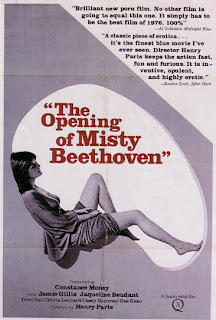Cinema in India: Sarkar Raj

Every time I sit down to write a film review it molds into something else. After watching Sarkar Raj it seemed natural to write about the film keeping the original in mind, and several other key aspects which forms its existence; something which most people fail to do. I realize, I can never write a straightforward review and proclaim something about a film based on half-baked ideas and facts, which most film hosts and reviewers in India practice. Even their sense of history is based on superlative facts about cinema, and their critical understanding is based on the formula - 'touch the surface' facts (great cinematography, sleek editing, and shaky camera, weak script blah blah blah) without giving us what these things really stand for in the films, but that's another story... I'll save it for next time. Here is the excerpt from my article on Sarkar Raj for Cinema without Borders : Ram Gopal Verma had a fascination for the bullies of his class; their ideology to ter





